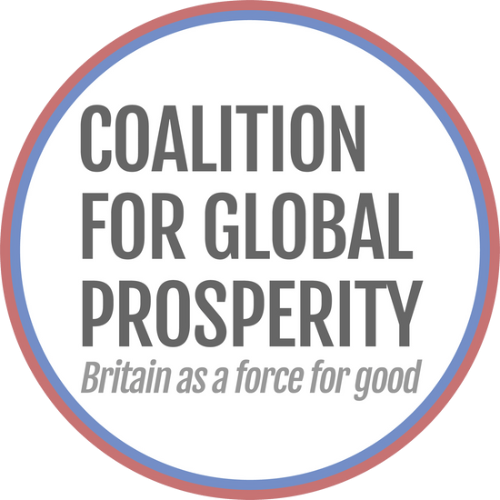The Green New Deal—What is it?
Author: Lauren Pizzey
You might have heard the term Green New Deal used in political campaigns, but what does it mean? And what sets it apart from other climate policies? Reminiscent of Franklin D. Roosevelt's social reforms following the Great Depression, the Green New Deal is a radical new approach to tackling climate change; one with social welfare and economic equality at its core. First proposed by the UN in 2009, the concept has taken off in recent years and has earned a huge global following. Though there are regional variations, the global movement is defined by the belief that environmental protection and social justice are inextricably linked, and that in order to effectively tackle climate change, we must address societal issues such as poverty, education, and access to fair-paid, green jobs.
The Green New Deal movement as we know it today was made famous by US Representative Alexandria Ocasio-Cortez, who teamed up with Senator Edward Markey in 2019 to propose a Green New Deal in the form of a Congressional Resolution. In 2018, natural disasters had cost the US government $91 billion, the richest 20% held more wealth than the remaining 80% combined, and despite being the largest economy in the world, 38 million people lived below the poverty line. The 14 page document set out a comprehensive and integrated approach to tackling these issues, addressing climate change, social inequality and racial injustice through a set of ambitious policies, each with the dual aims of protecting people and planet. Policy suggestions included transitioning the US to 100% renewable energy sources, implementing the ‘social cost of carbon’, universal healthcare, increasing the minimum wage and creating 20 million green, unionised jobs. Though the resolution was non-binding—meaning that if passed it would not become law, but rather a set of ‘goals’ to work towards—it was rejected in Congress and never made it to the Senate. However, it is thought that the high profile campaign run by Ocasio-Cortez and Markey brought climate to the forefront of the 2020 presidential election debates, and has heavily influenced president Biden’s climate policies.
The impact of the campaign was also felt across the Atlantic. In 2019 the The European Union proposed ‘Europe’s Green Deal’, a €1 trillion plan to overhaul almost all aspects of the European economy to reduce carbon emissions and social inequality, and the UK Labour party proposed a ‘Green Industrial Revolution’ as a key pillar of its 2019 manifesto, citing Ocasio-Cortez’s deal as a major influence. That same year, a non-partisan coalition of nearly 70 groups in Canada launched the ‘Pact for a Green New Deal’, and in 2020 South Korea became the first country to implement a full Green New Deal agenda from central government.
As the international community emerges from the Coronavirus pandemic, we have the opportunity to rebuild our industries around the welfare of people and planet. We no longer have to choose between the environment and the economy, but unless we begin plans to implement an ambitious Green New Deal agenda across all G7 countries as soon as possible, we will sacrifice them both.
